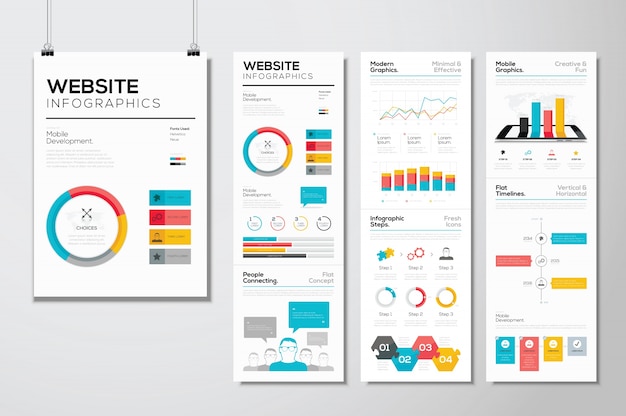Intrigued In Learning Just How Site Layout Has Progressed? Take A Journey With The Makeover
Intrigued In Learning Just How Site Layout Has Progressed? Take A Journey With The Makeover
Blog Article
Team Author-Booker Bojesen
In the past, websites were basic and focused on details. Navigating was direct, and layout was for desktops. Now, user experience is vital. Data overviews layouts for easy navigating. Receptive designs suit various tools. Today, dark setting lowers stress, and minimalist menus enhance navigating. Interactive features involve customers, and vibrant visuals stick out. AI integration increases interaction. See exactly how style has actually advanced to boost your online journey.
Very Early Days of Web Design
In the very early days of website design, simpleness reigned supreme. browse this site were basic, with limited colors, typefaces, and layouts. The emphasis was on offering information rather than fancy visuals. Customers accessed the web through sluggish dial-up links, so speed and capability were vital.
Navigation food selections were straightforward, generally located on top or side of the web page. Sites were created for computer, as mobile surfing wasn't yet widespread. Content was king, and developers focused on very easy readability over intricate design aspects.
HTML was the key coding language used, and designers needed to function within its restrictions. Computer animations and interactive functions were minimal contrasted to today's criteria. Internet sites were static, with little dynamic content or tailored customer experiences.
Rise of User-Focused Style
With the advancement of site layout, a change towards user-focused design principles has become significantly prominent. Today, creating sites that prioritize user experience is critical for involving site visitors and achieving company objectives. User-focused design includes recognizing the needs, choices, and actions of your target market to customize the site's layout, material, and includes appropriately.
Developers currently carry out complete research study, such as individual surveys and use screening, to collect understandings and comments straight from users. This data-driven strategy assists in creating user-friendly navigating, clear calls-to-action, and aesthetically enticing interfaces that reverberate with site visitors. By positioning the individual at the facility of the layout process, internet sites can deliver a much more personalized and pleasurable experience.
Receptive design has also emerged as a vital facet of user-focused layout, ensuring that web sites are enhanced for numerous devices and display dimensions. This adaptability boosts availability and functionality, satisfying the varied means individuals connect with internet sites today. Basically, the rise of user-focused style symbolizes a shift towards developing electronic experiences that focus on the demands and assumptions of completion user.
Modern Trends in Website Design
Explore the most recent fads forming website design today. One prominent trend is dark mode layout, providing a sleek and contemporary appearance while minimizing eye strain in low-light atmospheres. An additional vital trend is minimal navigation, simplifying food selections and boosting customer experience by concentrating on essential elements. Integrating micro-interactions, such as computer animated switches or scrolling effects, can produce a more appealing and interactive website. Receptive design stays crucial, ensuring seamless user experiences throughout different gadgets. In addition, making use of strong typography and asymmetrical designs can include visual passion and draw attention to specific web content.
Incorporating AI innovation, like chatbots for client assistance or personalized recommendations, enhances user interaction and streamlines processes. Availability has also come to be a substantial trend, with designers prioritizing comprehensive style methods to satisfy varied individual requirements. Accepting sustainability by maximizing web site efficiency for rate and performance is an additional emerging trend in web design. Teaming up with https://www.forbes.com/sites/theyec/2021/12/22/why-your-digital-marketing-strategy-needs-long-form-content/ and data analytics to repeat and enhance layout continually is important for remaining relevant in the ever-evolving electronic landscape. By accepting these modern-day fads, you can create a visually appealing, user-friendly website that reverberates with your target market.
Conclusion
As you reflect on the evolution of website style from the early days to now, you can see just how user-focused design has actually ended up being the driving force behind contemporary fads.
Welcome the trip of adjustment and adaptation in web design, constantly keeping the user experience at the leading edge.
Tippingpointdigital
Keep present with the current trends and modern technologies, and never quit progressing your approach to create aesthetically magnificent and easy to use websites.
Evolve, adapt, and produce - the future of website design is in your hands.
